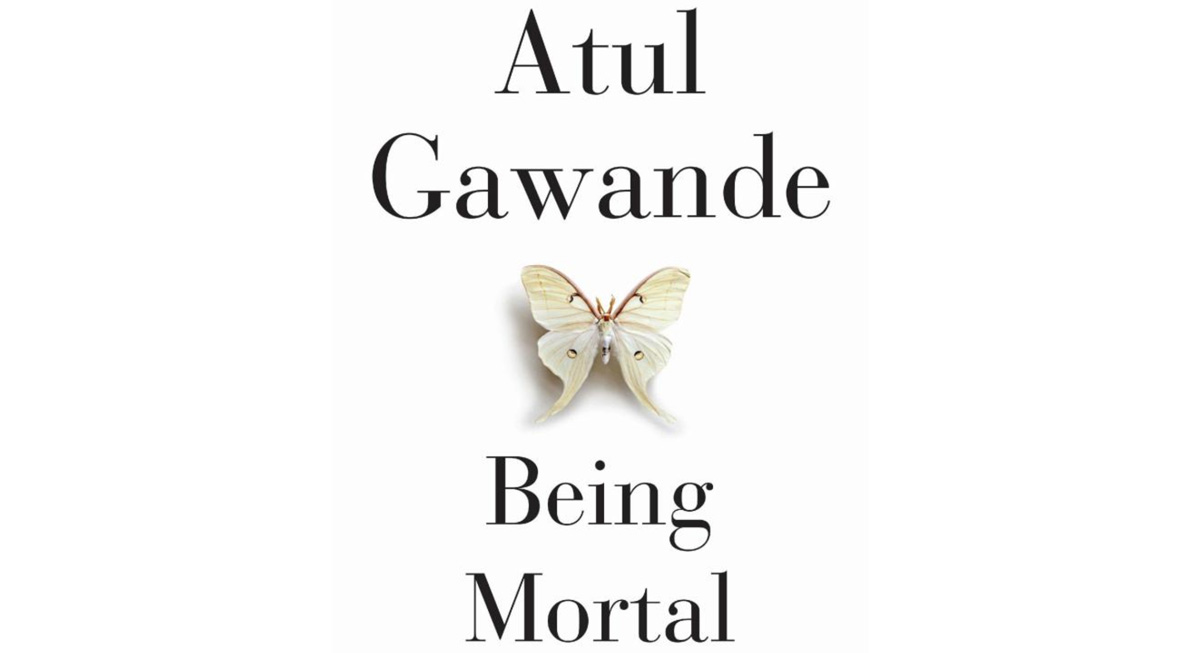Death! A subject we normally think about only when we have to, like at a funeral of someone, known to us. After I lost my dear father two months back (June 2017), I was made to think about it more. Two weeks before that, during the night, my dad fell from his bed and went into a coma from which he never recovered. I miss his presence every day. What weighed on me was the ten-day hospitalization in the ICU he underwent. Since he was in a coma, and I was his only son, I was asked by the doctor(s) to make life-and-death decisions for him – a responsibility for which I was least qualified and emotionally unprepared.
My dad was admitted to a well-known hospital in the city and being treated by an expert neurosurgeon. Medically he got the best care. What I felt missing was a professional help that could guide me in making the decisions about the treatment he should be given. Everyone around me, family, friends, and well-wishers had an opinion, which only made it difficult. That’s when I realized how tough handling issues of “mortality” is; as a society, we avoid talking about it; Doctors too were not comfortable mentioning the inevitable.
This week, I got a chance to read the brilliant book Being Mortal: Medicine and What Matters in the End, by a practising surgeon Atul Gawande in the USA. The book helped me understand the complexity of the subject and I was able to put the trauma of losing my dad behind me. I wish I had read the book earlier.
Dr Atul Gawande was the author of the bestselling book “The Checklist Manifesto”, and he is the surgeon at Brigham and Women’s Hospital in Boston and a staff writer for the New Yorker. His medical education didn’t automatically qualify him for writing about mortality, which becomes clear with this opening sentence of the book “I learned about a lot of things in medical school, but mortality wasn’t one of them.”. Dr Atul had to do extensive research and learn through a personal loss during the time he wrote the book.
Dr Atul first encounters the topic of mortality during a weekly seminar where Tolstoy’s classic novella “The Death of Ivan Ilyich” was discussed, that novel was about a mid-level magistrate in St. Petersburg who was moribund, but death is not a subject that his doctors, friends, or family can countenance. Within a few years of his medical practice, Dr Atul encounters patients forced to confront the realities of mortality and those made him realize how unready he was in helping them. And that’s how this book was born.
In the book Dr Atul introduces us to a variety of patients, each having a different personality, and handling their terminal illness differently. First is Joseph Lazaroff, in his sixties, suffering from incurable cancer who says, “Don’t you give up on me, you give me every chance I’ve got”. Next was Dr Atul’s grandfather (aged 110) who lived tending to his farm in India until one day he fell down and developed a subdural hematoma, the same condition my dad suffered after his fall. Alice Hobson, at 82 was in the pink of health and was living independently in her own house, things started to change when she started falling down often and eventually had to move to a community that offered a continuum of care. Dr Atul even follows a geriatrics by the name Felix Silverstone, who has handled aged patients for five decades, on how he handles his own old age & associated illness.
This wide set of case studies benefits us, the readers, to understand the subject. In each of the cases, we see the dilemma faced by all stakeholders on when to call off active treatment. The patients, their caretakers and doctors are faced with the question of deciding, when interventions become pointless – when do you allow the patient to welcome the end of their life in a pain-free manner that is permissible or put them through more suffering just for the sake of prolonging their life?
Dr Atul looks into where the old with illness should be treated, and how the loved ones take care of them? Should it be in their home risking not having continuous medical care, or at a Geriatrics Clinic (Center for Adult Health), or in a retired community, or in a Nursing home? The author goes through each of them in detail by giving examples, interviewing people and sharing their experiences. He says in some horrible places, the battle for control between the patient and the staff escalates until they lock them in a Geri-Chair or chemically subdue them with psychotropic medications.
Taking care of the elderly is not for the faint-hearted. Having experienced myself, I can relate to an experience told to Dr Atul by a caretaker of an assisted living facility – “Dressing somebody is easier than letting them dress themselves. It takes less time. It’s less aggravation”. Very true. Similarly, when I remodelled my parents’ room a few years back, I focused on it being safe and not on their personal preference, an experience captured by the following quote in the book – “We want autonomy for ourselves and safety for those we love”.
Dr Atul sees a society that handles the final phase of the human life cycle by trying not to think about it, by handling any number of society goals – but never about the goals that matter, to the concerned: how to make life worth living when they’re weak and frail and can’t fend for themselves anymore.
In his experience, the writer has seen people with serious illness have priorities besides simply prolonging their lives, their top concerns include avoiding suffering & strengthening relationships with family and friends. He writes of a campaign followed from 1991 in the community of La Crosse, Wisconsin where medical people and patients discussed end-of-life wishes: Do you want to be resuscitated if your heart stops? Do you want aggressive treatments such as mechanical ventilation? and so on…
The author writes that the incentives, not only financial, are in place that encourage doctors to do more intervention than less. Modern medicine has failed to acknowledge the power of medical science to push against the limits of our biology, and it is time medicine accepts its role – which should be about the larger well-being of people.
My dad was 84 years old when he passed away. He had lived a full life – he successfully ran a book publishing business for over five decades, retired happily, and, even attended his eldest grandson’s wedding last year. He feared going to hospitals and in his later years feared about the quality of life when he became sick. All this went through my mind when the time came for me to sign the “Do Not Resuscitate” (DNR) order for him, which I did after going through all the options presented by the doctors to me.
Hope is not a plan, but hope is our plan.


